Escaping from the lungs at over 300 mph, the blow of a whale can be seen for miles. In light wind conditions, an humpback whales’ blow can rise between 6-7 m high.
From the rigging the whalers would cry out “Thar she blows!” when sighting a blow and thus evidence of their quarry. Nowadays, we still call out, sometimes with hoops and hollers, but the essence is “Got a blow, got a whale!”
Then it’s all hands on deck, photo-ids are collected and data is recorded. Yahoo’s and Wahoo’s can be heard across the continent and around the world.
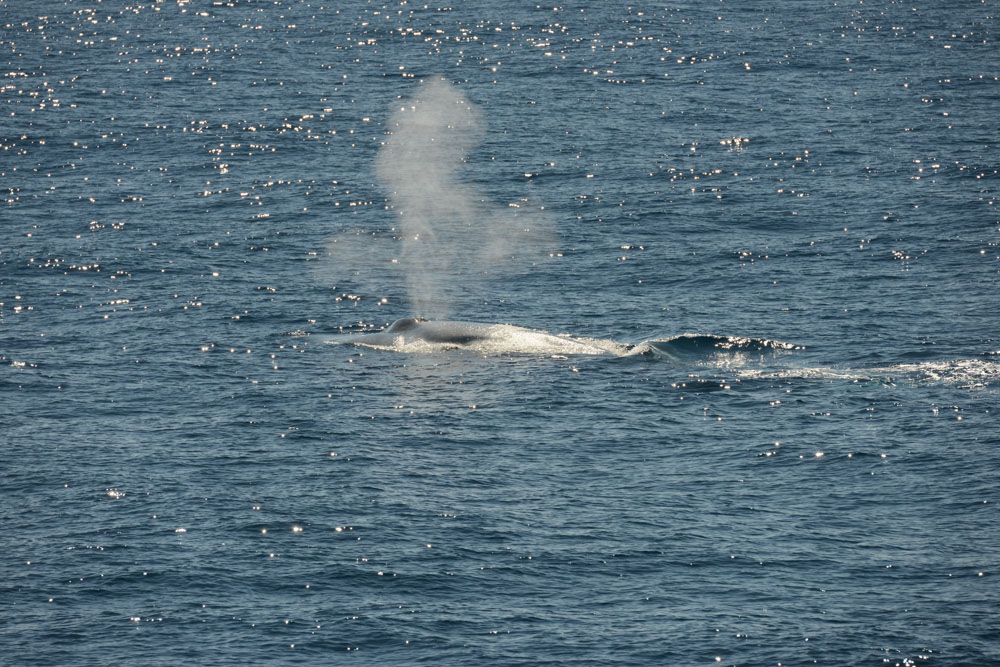 The blow of this pygmy blue whale is extremely unique with almost three components visible. These unique “blow-shape” features allowed identification of this individual as distinct from other pods when working among a few groups one afternoon.
The blow of this pygmy blue whale is extremely unique with almost three components visible. These unique “blow-shape” features allowed identification of this individual as distinct from other pods when working among a few groups one afternoon.
Just at the beginning of the exhalation/inhalation cycle, the first puffs of air from the lungs of a pygmy blue whale escape.
A newborn calf surfaces and we see the little exhalations “pwwwfffff!”. Calves are too cute!
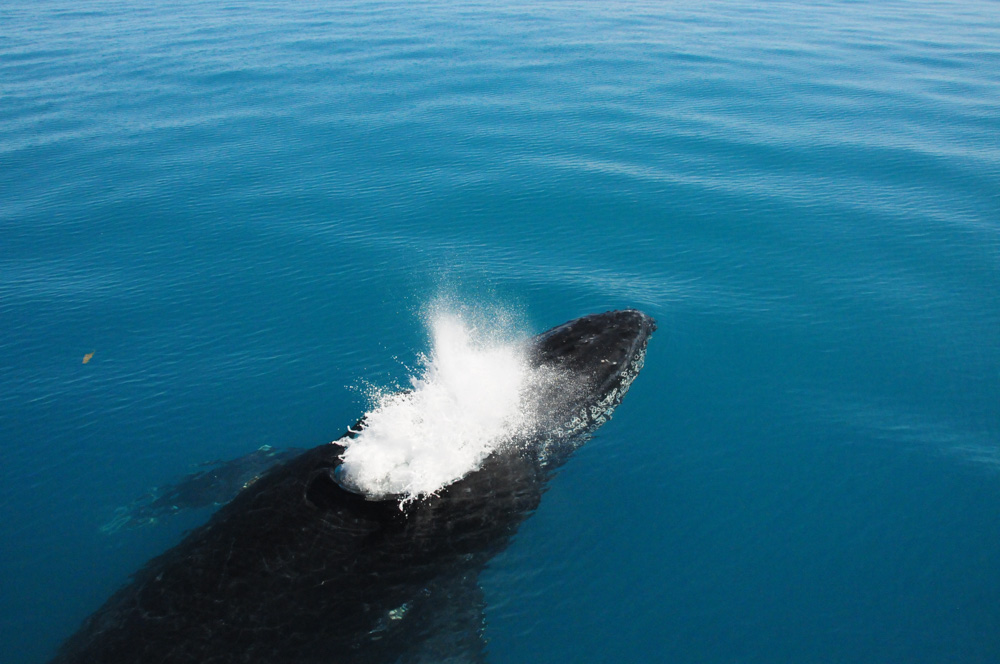 Humpback whales often blow just under the water surface, making exuberant exhalations with water splashing everywhere and loud bubbling sounds! This looks like fun!
Humpback whales often blow just under the water surface, making exuberant exhalations with water splashing everywhere and loud bubbling sounds! This looks like fun!
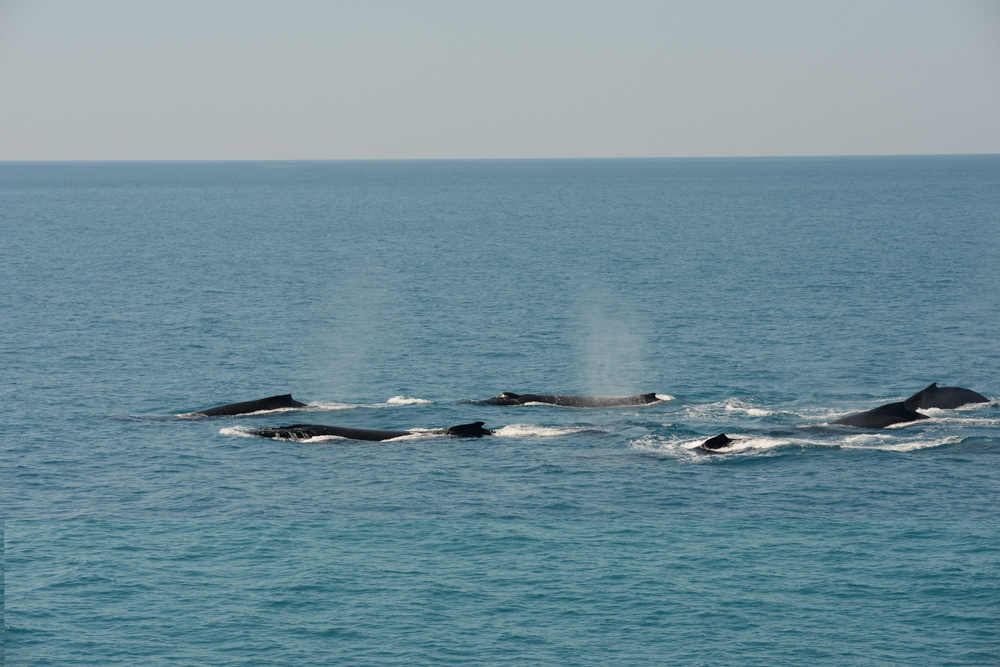 With big pods of humpback whales, often a forest of blows lifts up…
With big pods of humpback whales, often a forest of blows lifts up…
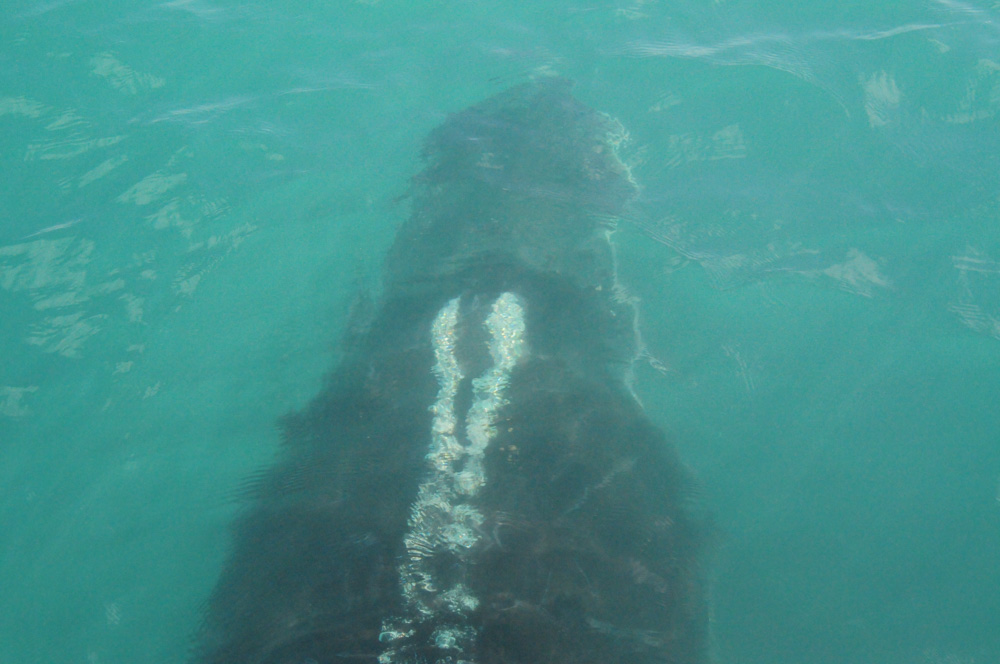 Exhaling underwater, this humpback whale is displaying an Underwater Blow (UB) which becomes a Bubble Trail (BT), which we mark on the data sheet for the encounter with this pod. This looks really neat, especially looking down from the foremast!
Exhaling underwater, this humpback whale is displaying an Underwater Blow (UB) which becomes a Bubble Trail (BT), which we mark on the data sheet for the encounter with this pod. This looks really neat, especially looking down from the foremast!
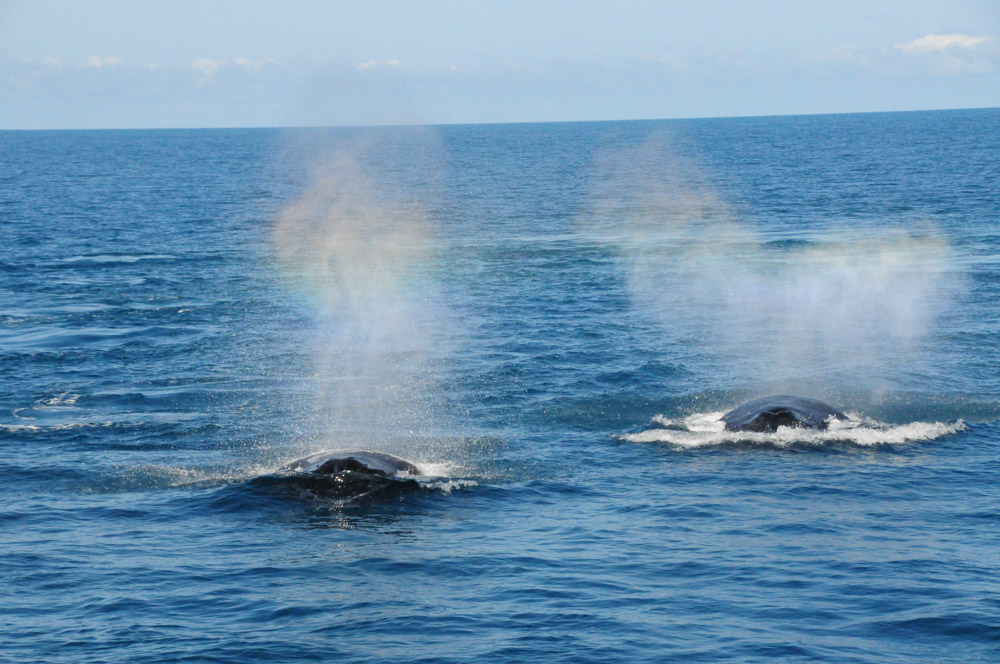 Gotta love a Rainblow or two! This occurs when the moisture droplets of the blow catch the light showing the colours of the rainbow!
Gotta love a Rainblow or two! This occurs when the moisture droplets of the blow catch the light showing the colours of the rainbow!

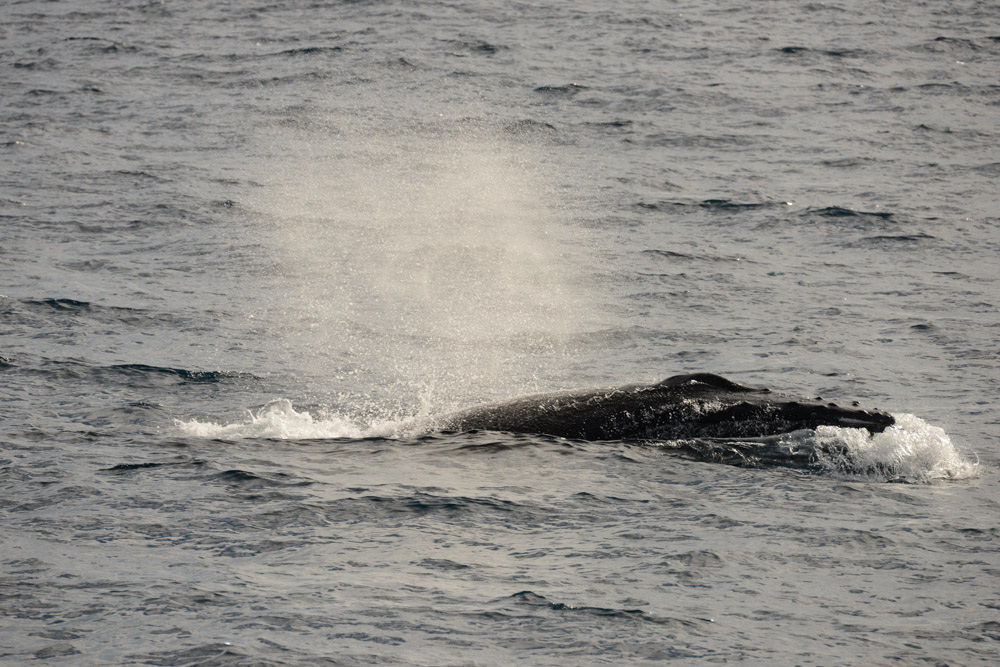
















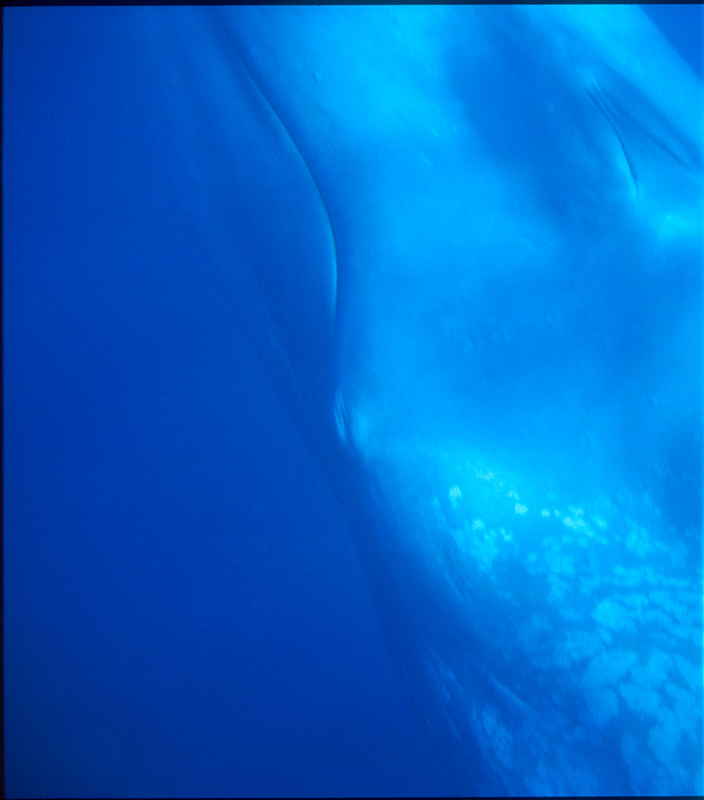
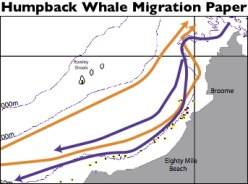
No comments yet.